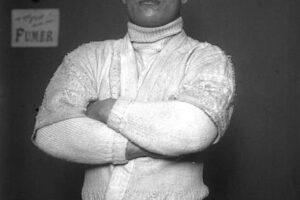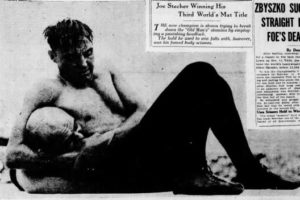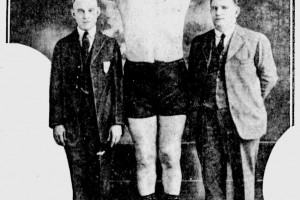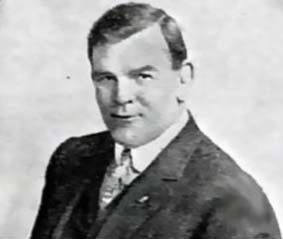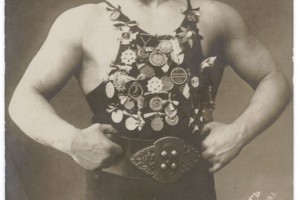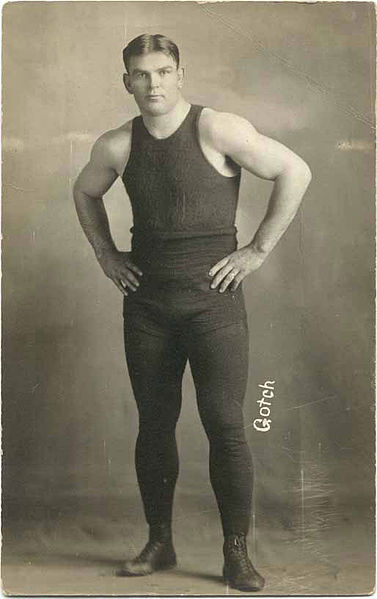“Toots” მონდტი დაშავდა 1922
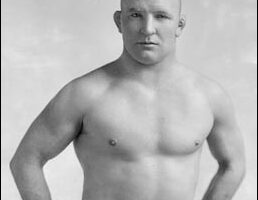
Joseph “Toots” მონტი პროფესიონალურად ჭიდაობდა 1910-იანი წლების დასაწყისიდან 1930-იან წლებამდე, მაგრამ მან თავისი ნამდვილი ნიშანი დაამყარა როგორც ბუკერმა., დაჯავშნის აგენტი და პრომოუტერი. სანამ ედ “Strangler” ლუისმა მიიჩნია მონტი თავის თანასწორად ლეგიტიმურ ჭიდაობაში, მონდტს აქვს გენიალური ჭიდაობის გამოფენებზე კუთხეების შექმნისა და ფინიშების შექმნის გენიალური. მონტი შეუერთდებოდა ლუისს და მის მენეჯერს ბილი სენდოვს
» ვრცლად

